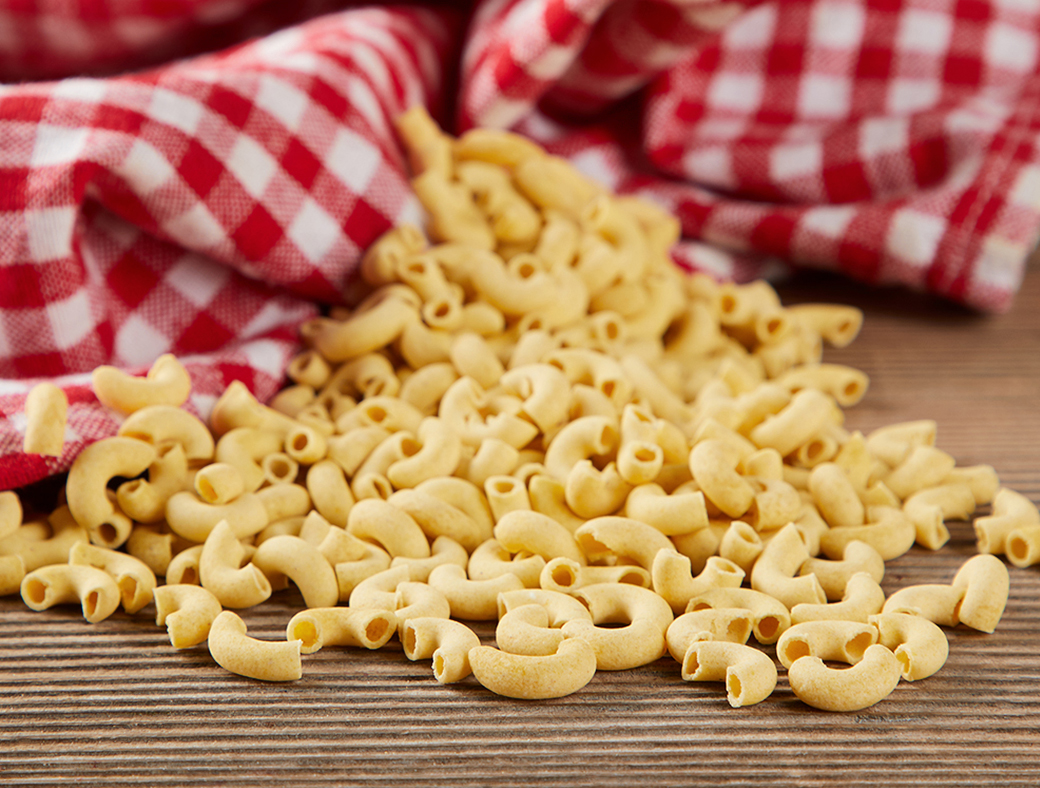We all know the drill – take a pot, fill it with copious amount of water, boil it, salt it, throw in some pasta, cook according to the instructions on the back of the package, drain, plate and dig in. Practically anyone would swear on the semolina flour that it’s the right way. And while there’s absolutely nothing wrong with this method, we’d like to look at things from a different angle.
And it seems from there that you don’t need that large amount of water for starters. And it doesn’t even have to be boiling. What’s the matter?
First of all, about huge water volume. It’s constantly being said that you need a large pot because it returns to rolling boil faster than a smaller pot when pasta gets in. But it’s just untrue. Long story short – it’s all about greater heat loss from evaporation, bigger bottom that requires bigger burner (and these don’t usually come like real big in homes) and slower rates of returning to boil after the pasta is dropped. We are talking of bigger pots here. And they are not actually better than the smaller ones. It means you don’t need to boil a gallon of water to eat a modest pasta lunch for two.
Another thing is even more radical. The water you’re cooking your pasta in may not be boiling. To be properly cooked it needs two things – hydration (that’s water) and heat (that’s heated water). We all got accustomed that these two things come hand in hand, but they don’t necessarily have to. Even if you cold-start your cooking the pasta still will hydrate, i.e. absorb enough moisture from the surroundings. It may stick though, piece to piece. But usually, this doesn’t pose a serious threat to the cooking process: we know how to use a spatula, don’t we?
To sum up: the fastest way to cook pasta is to put a couple of portions in a pot and barely cover it with salted water by a couple of cm / 1 inch, place it over a burner set on high and stir it every now and then to prevent sticking. Once it starts boiling check the pasta periodically before it reaches the desired consistency of al dente. If it’s now what you desire, you can go for as long as you wish. Because it’s all about you being happy after all!











What do you think?